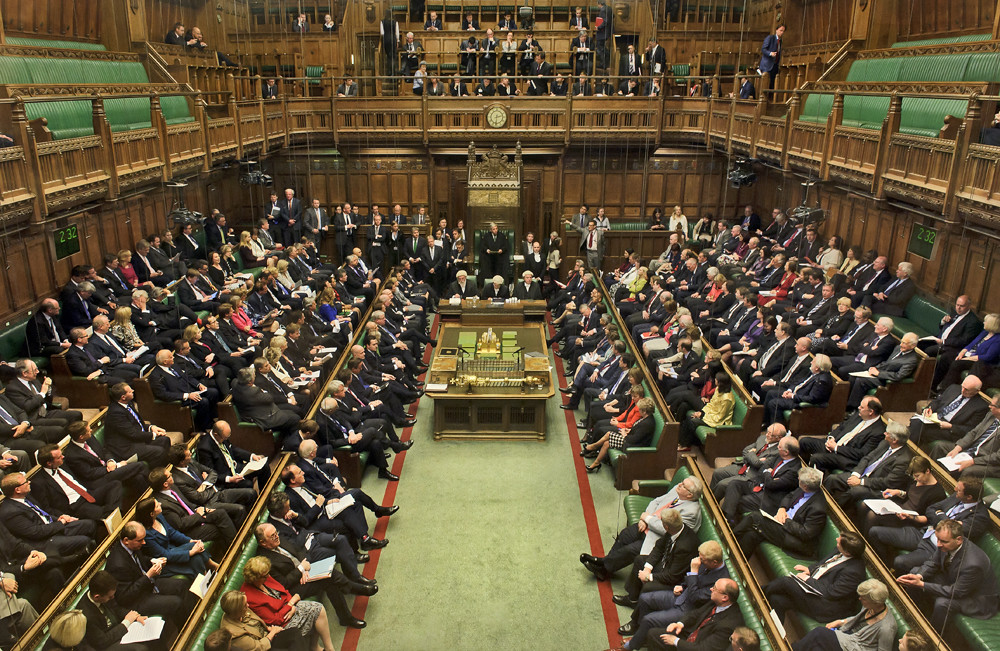Last night I was out for dinner with two other Brunel alumni, Steve Bicknell and Jason Ward. During the evening we had several heated exchanges about the name of D&T, branding and marketing D&T, what the point of D&T was and so on. Jason was advocating the integration of ‘engineering’ into his department’s title, Steve felt ‘design’ was at the heart of D&T, whilst I was distracted by Twitter (those who know me will not be surprised by this) and saw Jim Smith’s timely tweet:
@nohandsup @hardy_alison @iamparksy the future is bleak. The technical awards will have a negative impact. Engineering is key to growth.— Jim Smith (@jim1982) November 25, 2016
Jim, Steve Parkinson and Steve Charleston and me were having a Twitter conversation about why only 41% of ITT D&T places had been filled this year.
When Jim asked why I disagreed with his assertion that ‘Engineering is the way forward’ my response was somewhat cryptic:
@jim1982 @nohandsup @iamparksy simplitstically:— Alison Hardy (@hardy_alison) November 26, 2016
engineering = exclusive
design and technology = inclusive
Explaining why I think this in 140 characters is difficult so this is my quick reply.
I'm going to give two reasons for why engineering excludes some students and D&T includes all students:
- Firstly a name is symbolic. ‘Engineering' is linked to a vocation, career and profession. No subject on the curriculum has the title of a vocation within it (I’m talking about ‘subjects’ not ‘qualifications’). It is implicit that children do not study geography to become a geographer - the value of the subject lies in the purpose of learning about geography. For me, this is equally true for D&T - the value of D&T lies in what children should be taught in D&T. (Rather than exploring that here I suggest you look at David and Torben’s posts about curriculum and chapters from ‘D&T for the Next Generation’). I’ve written before about the name of D&T - I think the Working Party got it right in 1988 and I still think the argument stands.
- Secondly - focussing on engineering in D&T, whether by changing the name, content or purpose, implies the dominant purpose of education is prepare young people for the a job. In my opinion preparing young people for the world of work is part of education's purpose but not the main purpose.
Engineering is a profession and a career, with opportunities for young people to enter with from different education routes, such as a degree, an A level, or apprenticeship. Only some young people will take this career route, others will venture into arts, finance, design, service industries and so on. If D&T is relabelled with ‘Engineering’ or its main purpose becomes to prepare young people for a role in engineering then we are excluding some young people sat in D&T lessons.
My heart sinks when I hear D&T teachers say to their students - 'this [knowledge/skill] will be important to you when you become an engineer’ - the vast majority of students in a class will not become an engineer. The language excludes those who will not become engineers from the lesson. I appreciate there is a deficit between engineers needed and engineers in training but even if there wasn’t, there are still other jobs needed by society and the economy - so how is D&T relevant for the young people who fill these non-engineering jobs?
The challenge is to define what the purpose of D&T is as part of a general education for all pupils. I strongly believe that D&T is a fundamental part of a child’s general education; in fact I presented five reasons why D&T is part of a general education in January 2014 for TeachDesign.
Changing D&T's name, focussing on careers or emphasising its purpose and content in relation to engineering is not the way forward in my opinion.
I've looked at my PhD findings to see what others said the purpose of D&T was.
I conducted 22 interviews for my PhD to find out what different people thought the value of D&T was and found 30 different reasons in their responses!
Only 13/22 mentioned D&T prepared young people for a D&T-related job. If you believe the purpose of D&T is to prepare them for a D&T-related career you might say this is a sad indictment of the subject.
14/22 thought a purpose of D&T was because in D&T pupils develop a critical understanding about how the design and manufacture of products impacts on themselves and others.
The most common reason given for D&T’s purpose was that pupils learnt skills to help them look after themselves, their home and family.


.jpg)